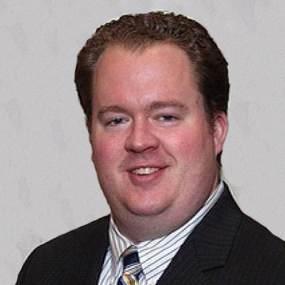How to Create a Donor Ask Plan for the New Year
by Joe Garecht
 I am a firm believer in fundraising planning. For me, no activity should be commenced without spending some time outlining a strategy, assigning responsibilities, and setting deadlines. If it’s worth the time and effort to do something at your organization, it’s worth doing it right. This is as true for donor asks as it is for gala fundraising events.
I am a firm believer in fundraising planning. For me, no activity should be commenced without spending some time outlining a strategy, assigning responsibilities, and setting deadlines. If it’s worth the time and effort to do something at your organization, it’s worth doing it right. This is as true for donor asks as it is for gala fundraising events.
While working with non-profits both large and small, I have found that the beginning of the calendar year is an excellent time to create a donor ask plan for the coming year. The lull in frontline donor activities that occurs immediately after the holiday season provides organizations with the time and bandwidth to think through their donor interactions from the past year and craft a strategy for the year to come.
Your donor ask plan need not be overwhelming and you should be able to create it in a single day. Here are the quick and easy steps for creating a donor ask plan at your organization:
Step #1 – Review Your Donor Lists
Gather your team to review your current donor and prospect file. Pay particular attention to donor activity over the past year. Identify (a) your lapsed donors (donors who previously gave but haven’t given in the past 12 months), (b) your current donors, and (c) the prospects who have been cultivated over the past year and are now ready (or close to ready) for an ask. These three groups of donors comprise your “current ask prospects.” Include prospects at all giving levels.
Because the current ask prospects will be the focus of much of your fundraising activity over the next 3-6 months, assign a staff member to review each person’s file to check for errors in spelling, salutation, mailing address, etc.
Step #2 – Segment Your Current Ask Prospects
Once you have your list of current ask prospects, it’s time to segment these donors based on giving capacity. For the purposes of this exercise, I suggest that you break these prospects down into three distinct groups depending on the type of ask that each will require:
Personal Asks
The current ask prospects with the highest giving capacity should be classified as “personal asks.” These are the people that you will ask for a gift over breakfast, lunch, coffee, or during a meeting in the prospect’s office or at your facility.
Phone or Small Group Asks
The second tier of prospects in terms of giving capacity (generally the higher-end of your mid-level donor spectrum) should be classified as “phone or small group asks.” For these prospects, you will either make an ask over the phone or as part of a small group meeting or event hosted by your non-profit (for example, a giving event or a leadership committee prospect dinner.) Use your knowledge of the prospect to determine which of the two ask options would be more appealing to him or her.
Mass Communication Asks
The third and final tier of prospects (lower-level donors) should be classified as “mass communication asks.” These are the prospects who will receive an ask through a direct mail letter or e-mail fundraising letter.
Step #3 – Set Up an Ask Calendar
The next step is to set up an ask calendar for each of the three ask types. The calendar for your organization will depend on the number of staff, board members, volunteers and others available to help with the asking process, as well as the size of your current ask prospect list. Your ask calendar should always include firm deadlines and set dates for each group of activities.
For personal asks, determine how many personal ask meetings each fundraiser will be tasked with completing each week or month. For phone and small group asks, put dates on the calendar for your group ask meetings and set phone targets for your frontline fundraisers. For mass communication asks, decide when direct mail and e-mail ask campaigns will run.
Step #4 – Assign Responsibilities
No matter how committed your team, your asks are unlikely to get done on time if team members are unsure which person is handling each ask activity. Avoid this fate by assigning each personal and phone ask to defined team members, as well as doling out responsibility for the logistics around each of your small group asks, direct mail and e-mail ask campaigns.
Step #5 – Draft and Post the Plan
Last but certainly not least, take some time to draft a short 2-3 page ask plan that lists each ask activity along with deadlines and responsible team members. Make sure that every person with responsibilities outlined in the plan receives a copy, and post the plan in an easily accessible location at your office or on your staff network.
Taking the time to plan out your donor asks for the coming months will allow your organization to accomplish more this coming year by having a clear focus, defined responsibilities, and set deadlines for each of your ask activities.
Joe Garecht is a fundraising consultant, author, and speaker, and the President of Garecht Fundraising Associates .




